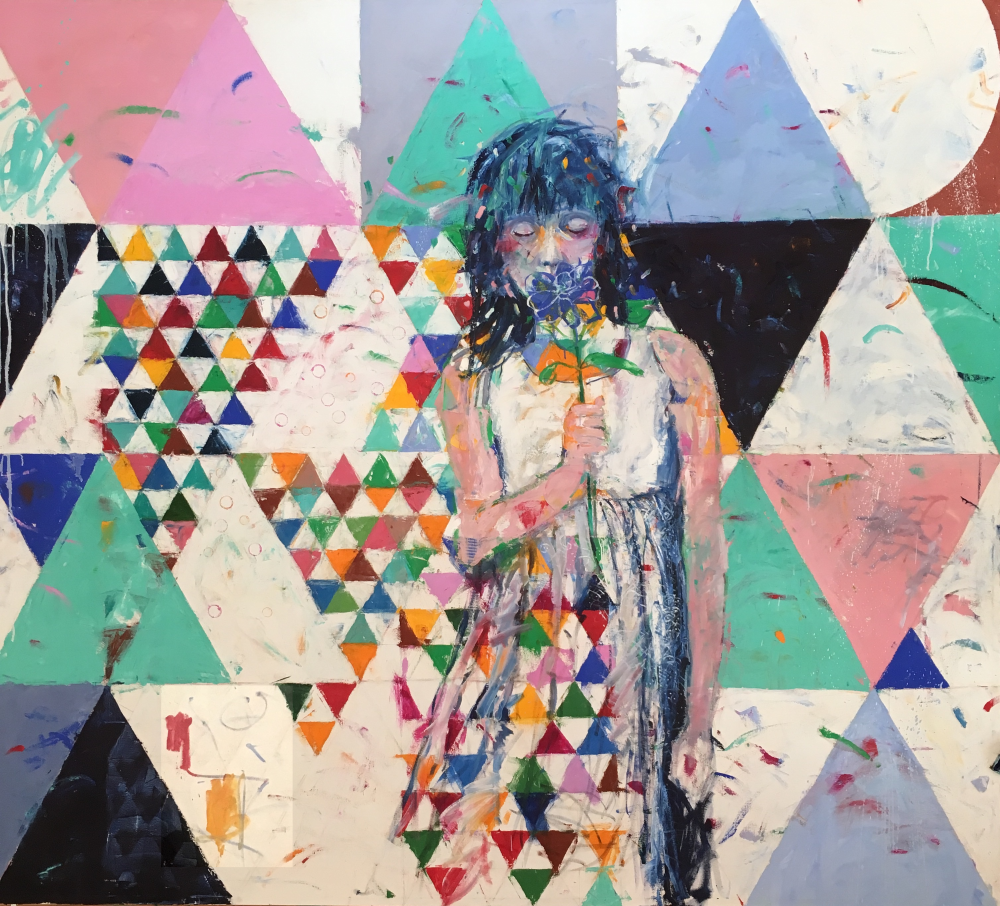
|
The blue flower symbolizes desire, love, and the numinous striving for something distant and unattainable. The "blue flower" became a key symbol of inspiration in Romanticism, which stressed emotion, freedom from rules and dogma, and the belief that imagination is superior to reason. Carl Jung in "Psychology and Alchemy" reported a short dream provided to him by the physicist Wolfgang Pauli. In the dream, the dreamer goes for a long walk, and finds a blue flower on the way. It appears that Pauli was searching for Novalis's numinous blue flower. In Jung's interpretation of the dream, the blue flower was evoking memories of a more romantic and lyrical age. He said the flower was like a friendly sign, a numinous emanation from the unconscious. Pauli had other dreams in which an "exotic woman" or mysterious woman visited him. He believed she was his soul. I often use the "Unknown Woman" in my paintings to represent our soul. The unknown woman also comes through my work as a child. In my painting "The Dreamer Finds a Blue Flower" the Unknown Woman makes her appearance as a child morphing out of the geometric quantum field (the unconscious). I never know when or how she will show up in a painting. When she visits me in the studio, it is like catching up with a friend in a coffee shop. I noticed later that the child has six fingers, which is historically significant. More about that at another time. . . |
